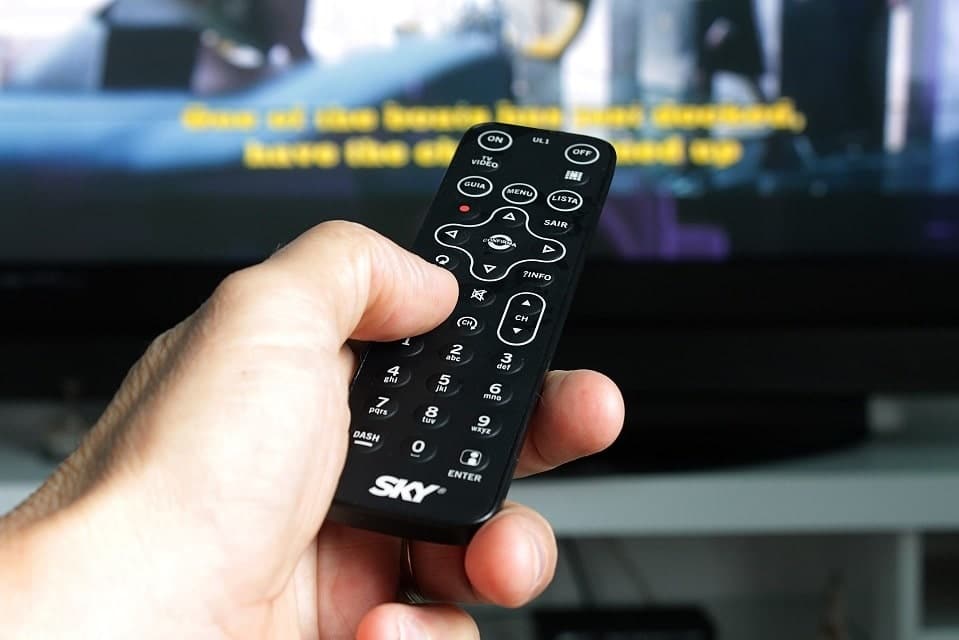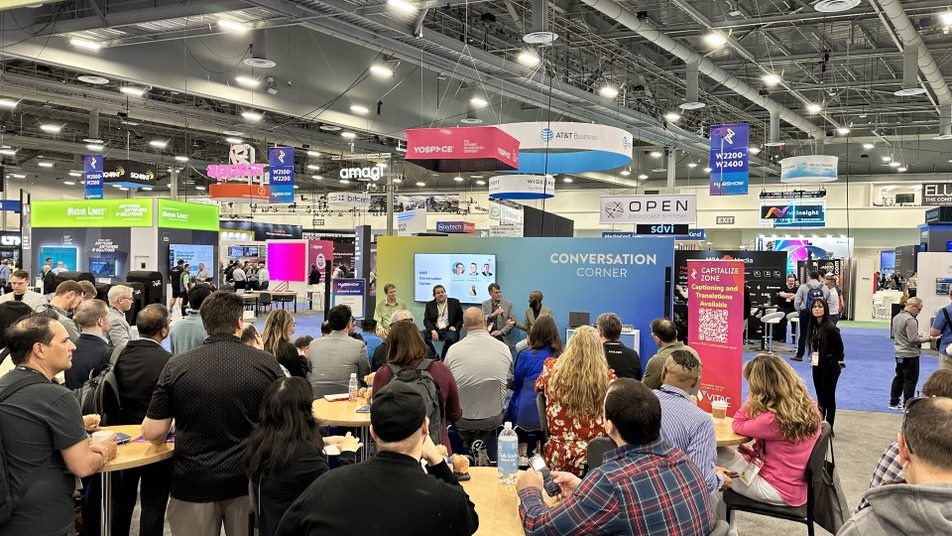An article recently popped up online detailing the myriad benefits of captions and how they’ve grown in usage and acceptance by viewers across the board.
“Captioning isn’t Just for those with Hearing Loss Anymore: Why Gen Z Loves Subtitles” cited a study that showed Gen Zers and millennials “overwhelmingly prefer to watch content with subtitles” on everything from sports to sitcoms to late night talk shows.
The study found that nearly 90% of respondents said they opted for captions because streaming services sometimes can muddy dialogue, making movies and TV shows more difficult to hear, while 57% said they turn on captions to watch content in public places via their tablets and smartphones.
A similar survey from Stagetext, a UK-based non-profit, found that four out of five viewers between the ages of 18 and 25 use subtitles all or part of the time, showing that, for younger viewers, captions are regular part of their viewing habits.
The article also notes that this increased use and demand for captions is making broadcasters and content creators take notice as platforms are investing more money and time in improving both the quality and quantity of captions.
Captions Everywhere
Since their introduction to television audiences in the early 1970s, closed captions have expanded beyond the media and entertainment borders. They are now ubiquitous in corporations, classrooms, live sporting events, and everywhere inclusion and accessibility is required and desired.
Rising Popularity
Why has captioning become more popular? Some studies cite their wide availability as well as their use to silence videos when viewers are watching on the go or in a noisy or crowded location like a gym or bar. Some viewers report being able to better focus on plot points with captions on, and there also is evidence that captions can help with literacy and language learning.
Myriad Benefits
There are more than 48 million Americans in the deaf and hard-of-hearing community who benefit from captioned content each day. Included in that number is:
- an estimated 1 in 5 teens who experience some degree of hearing loss
- millions of people over the age of 62 who suffer from hearing loss but do not use hearing aids
- more than 2.5 million veterans who receive disability compensation for service-connected hearing disabilities or who are in treatment for related hearing issues.
Inclusive World
Captions creates a more inclusive world and benefits all people — deaf and hearing — by enabling information access to all.
VITAC, a leader in captioning and accessibility services for more than three decades, works with every broadcast company and most cable networks and streaming platforms, and creates only the highest quality live and offline captions.
Contact one of our experts for more information on making all of your content accessible.




